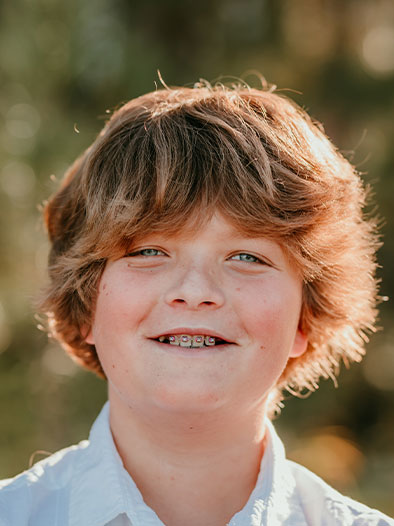Early Orthodontic Treatment
The American Association of Orthodontists recommends that children see an orthodontist as early as age seven.
Early treatment (also known as Phase One) typically begins around age eight (Phase Two begins around age 11 or older). The goal of early treatment is to correct the growth of the jaw and certain bite problems, such as underbite. Early treatment helps to make room for permanent teeth, lessening the chance of extractions in the future.
Signs your child may need early orthodontic treatment:
- Early or late loss of baby teeth
- Difficulty chewing and/or biting
- Mouth breathing
- Jaws shifting or cllicking
- Cheek biting
- A child that doesn't want to show their smile
What causes orthodontic problems, and how will early treatment benefit my child?
Orthodontic issues like crowding, spacing, problems with jaw growth, overbites and underbites can be inherited, caused by injury, thumb sucking habits or late or early loss of baby teeth.
Receiving early orthodontic treatment as a child can help with these issues and minimize the need for orthodontics extractions and surgery as an adult.

